Out Now
The Aussie Issue
Current Issue
The Aussie Issue
DEC 25 - JAN 26
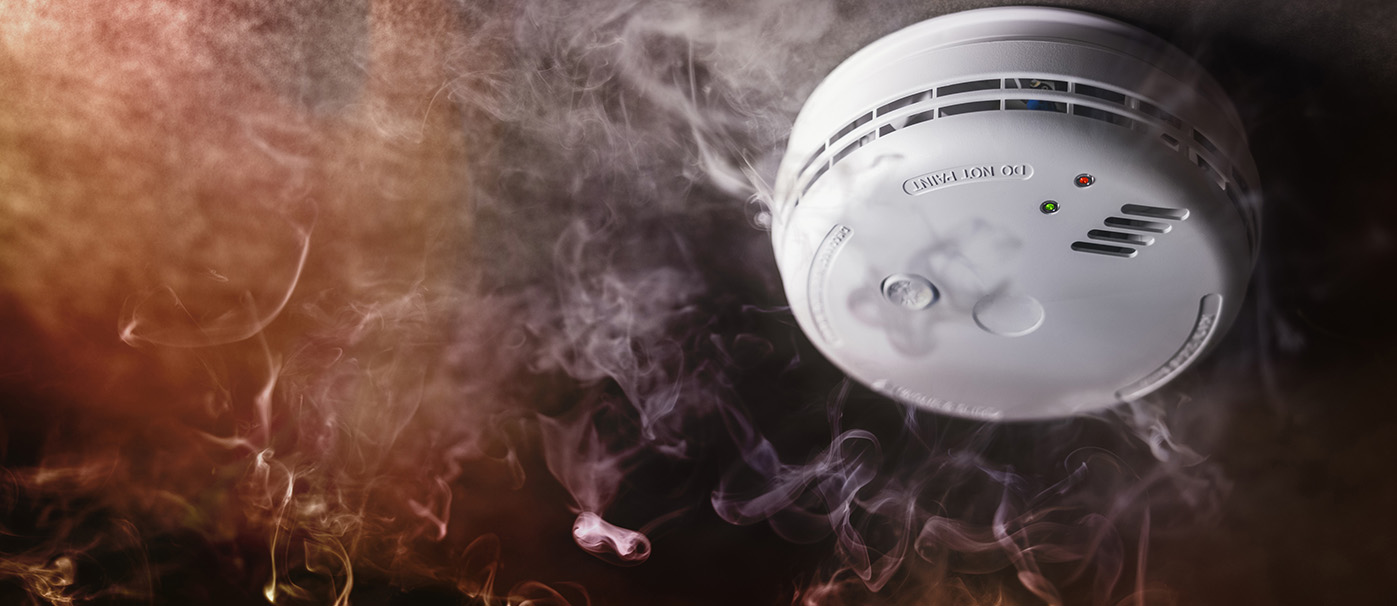
Not sure what the smoke alarm requirements are in your state? We’ve got all you need in this comprehensive guide.
Smoke alarm laws in domestic premises are a complicated topic. They vary from state to state and are covered across multiple pieces of legislation and standards.
There are two common documents that apply to all of Australia:
AS 3786 is the manufacturing standard for smoke alarms and is called up in the NCC as the required minimum for smoke alarms to comply with.
It contains manufacturing specifications for mandatory and optional components of a smoke alarm, such as power supplies, indicator lights, or interconnect functions, as well as the testing requirements to certify the alarm complies.
It does not, however, contain any installation or in-service testing instructions. These are left to the NCC and various states and territories to legislate.
The NCC requirements are national and underpin the individual state or territory requirements.
These rules are specific to a Class 1a dwelling, for example, a house or duplex, but are also suitable for a Class 2 (apartments), though a Class 2 may opt to have a different type of system like detectors added to a fire indicator panel for the whole building.
Be aware that Class 1b (that is, boarding house, budget accommodation, backpackers, communal short-term rental) dwellings have substantially different requirements – for example, emergency lighting. Smoke alarms must be powered from the consumer’s electricity supply where one is connected to the building. If there is more than one alarm, they are required to be interconnected.
The NCC requires alarms to be located as follows:,
In some states, fire safety legislation may require additional works over and above the NCC requirements. In some cases, they are retrospective to existing properties.
Victoria: All homes must have a smoke alarm on every level. If built before 1 August 1997, they may be battery powered. If built or majorly renovated after that date, they must be connected to the mains supply. Homes constructed or majorly renovated after 1 May 2014 are required to have interconnected alarms fitted.
Tasmania: From 1 August 1997, both new residential buildings and residential buildings that have had renovations that necessitated a building permit must have a minimum of one smoke alarm on each level and be connected to mains supply. Since 1 May 2016, all domestic rental properties are required to have smoke alarms fitted to every level and may be mains powered or by a 10-year non-removable battery.
South Australia: Since 1 January 1995, all new homes have been required to have mains powered smoke alarms fitted. Homes built before 1995 require an alarm to be installed, but this may be of the type with a removable battery. In addition, any transfer of ownership after 1 February 1998 requires that a 240v alarm or one powered by a 10-year non-removable battery be installed within six months. From 1 May 2014, smoke alarms have been required to be interconnected in all new dwellings. In existing buildings approved before 1 May 2014, any extension or addition which requires more than one smoke alarm must have those alarms interconnected. However, there is not a requirement to interconnect to alarms in the existing building. Smoke alarms in subsequent extensions will be required to interconnect to any alarms in extensions approved after 1 May 2014.
Northern Territory: Hard wired alarms have been required since 7 January 1998. If the home was built before then, you must install an alarm, however it may be battery-powered. Since 1 November 2011, Photoelectric alarms are the only approved type for the NT. Where a battery alarm is installed in an older property, it must be a 10-year non-removable battery type. The NT also requires installation in caravans and other movable dwellings.
NSW and ACT: Since 1 May 2006, all homes, including caravans and moveable dwellings, have been required to have smoke alarms installed or retrofitted to every level of the house in accordance with the NCC.
Western Australia: Since 1 July 1997 mains powered smoke alarms have been mandatory for all new buildings or extensions, and from 1 October 1997 mains powered alarms have been mandatory to be fitted to any property being rented, hired or sold (including transfer of ownership). Battery- powered smoke alarms may be installed without local government approval where there is no hidden space in the existing dwelling in which to run the necessary wiring for hard wired smoke alarms, and there is no appropriate alternative location – for example, where there is a concrete ceiling a 10-year non-removable battery must be used. Interconnection to other alarms is required for homes approved for construction after 1 May 2015. Interconnection is not required for any premises built before 1 May 2015.
Queensland: The state has introduced the most stringent laws in the country. Since 1 January 2017 all homes approved for construction or substantially renovated are required to have additional alarms fitted to each bedroom and interconnected throughout the entire house. From 1 January 2022 it became mandatory to retrofit smoke alarms to each bedroom and interconnect to the rest of the house for all rental properties and properties being sold. This same requirement will be extended to all properties by 1 January 2027. Alarms retrofitted into existing properties may be powered by a 10-year non-removable battery or hard wired unless it the property has been significantly renovated. Only photoelectric alarms have been permitted since 1 January 2017.
As you can see, there are a lot of varying requirements depending on a building’s age and the state/ territory. If you are unsure of your installation needs, please contact a professional to help you design your system.
Master Electricians can access a range of alarm resources from MEA as well as advice from the Technical and Safety Hotlines.
Phone 1300 889 198 today.
Keep up to date with our latest news and competitions by subscribing to our regular newsletter.

Issue 189
OCT - NOV 2025

Issue 188
AUG - SEPT 2025

Issue 187
JUN - JUL 2025
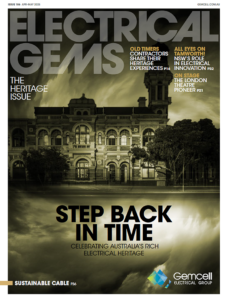
Issue 186
APR - MAY 2025

Issue 185
FEB - MAR 2025

Issue 184
DEC 2024 - JAN 2025
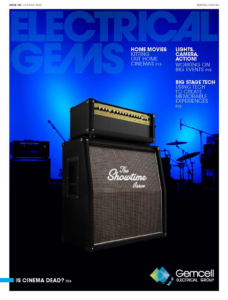
Issue 183
OCT - NOV 2024

Issue 182
AUG - SEPT 2024

Issue 181
JUN - JUL 2024

Issue 180
APR - MAY 2024

Issue 179
FEB - MARCH 2024

Issue 178
DEC 2023 - JAN 2024
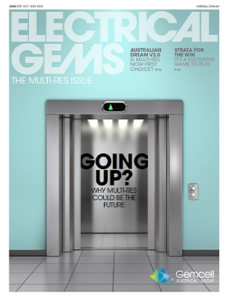
Issue 177
OCT - NOV 2023

Issue 176
AUG - SEPT 2023

Issue 175
JUN - JUL 2023
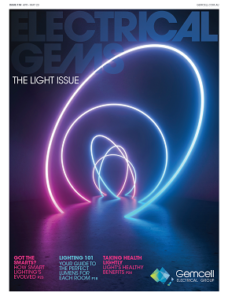
Issue 174
APR - MAY 2023

Issue 173
FEB - MAR 2023

Issue 172
DEC 2022 - JAN 2023

Issue 171
OCT - NOV 2022

Issue 170
AUG - SEPT 2022

Issue 169
JUN - JUL 2022

Issue 168
APR - MAY 2022

Issue 167
FEB - MAR 2022

Issue 166
DEC 2021 - JAN 2022

Issue 165
OCT - NOV 2021

Issue 164
AUG - SEPT 2021

Issue 163
JUN - JUL 2021

Issue 162
APR - MAY 2021

Issue 161
FEB - MAR 2021

Issue 160
DEC 2020 - JAN 2021

Issue 159
OCT - NOV 2020

Issue 158
AUG - SEPT 2020

Issue 157
JUN - JUL 2022

Issue 156
APR - MAY 2020

Issue 155
FEB - MAR 2020

Issue 154
DEC 2019 - JAN 2020

Issue 153
OCT - NOV 2019
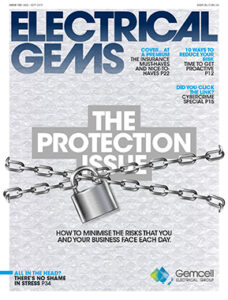
Issue 152
AUG - SEPT 2019

Issue 151
JUN - JUL 2019
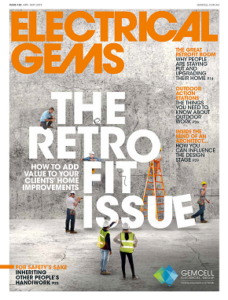
Issue 150
APR - MAY 2019

Issue 149
FEB - MAR 2019

Issue 148
DEC 2018 - JAN 2019

Issue 147
OCT - NOV 2018

Issue 146
AUG - SEPT 2018

Issue 145
JUN - JUL 2018

Issue 144
APR - MAY 2018

Issue 143
FEB - MAR 2018

Issue 142
DEC 2016 - JAN 2017

Issue 141
OCT- NOV 2017

Issue 140
AUG - SEPT 2017

Issue 139
JUN - JUL 2017
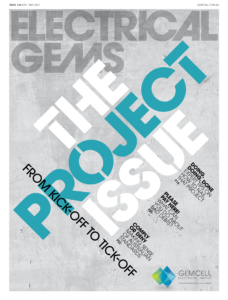
Issue 138
APR - MAY 2017

Issue 137
FEB - MAR 2017

Issue 136
DEC 2016 - JAN 2017

Issue 135
OCT - NOV 2017

Issue 134
AUG - SEPT 2016

Issue 133
JUN - JUL 2016

Issue 132
APR - MAY 2016

Issue 131
FEB - MAR 2016

Issue 130
DEC 2015 - JAN 2016

Issue 129
OCT - NOV 2015

Issue 128
AUG - SEPT 2015

Issue 127
JUN - JUL 2015

Issue 125
APR - MAY 2015

Issue 125
FEB - MAR 2015

Issue 124
DEC 2014 - JAN 2015

Issue 123
OCT - NOV 2014

Issue 122
AUG - SEPT 2014

Issue 121
JUN - JUL 2014
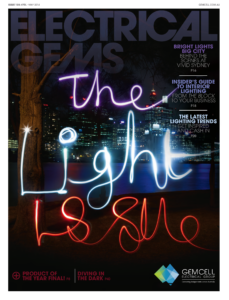
Issue 120
APR - MAY 2014

Issue 119
FEB - MAR 2014
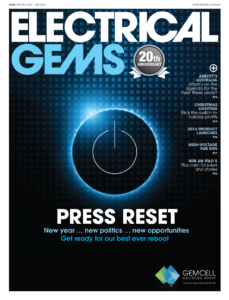
Issue 118
DEC 2013 - JAN 2014
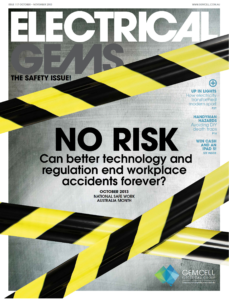
Issue 117
OCT - NOV 2013

Issue 116
AUG - SEPT 2013

Comments (0)
Write a Comment